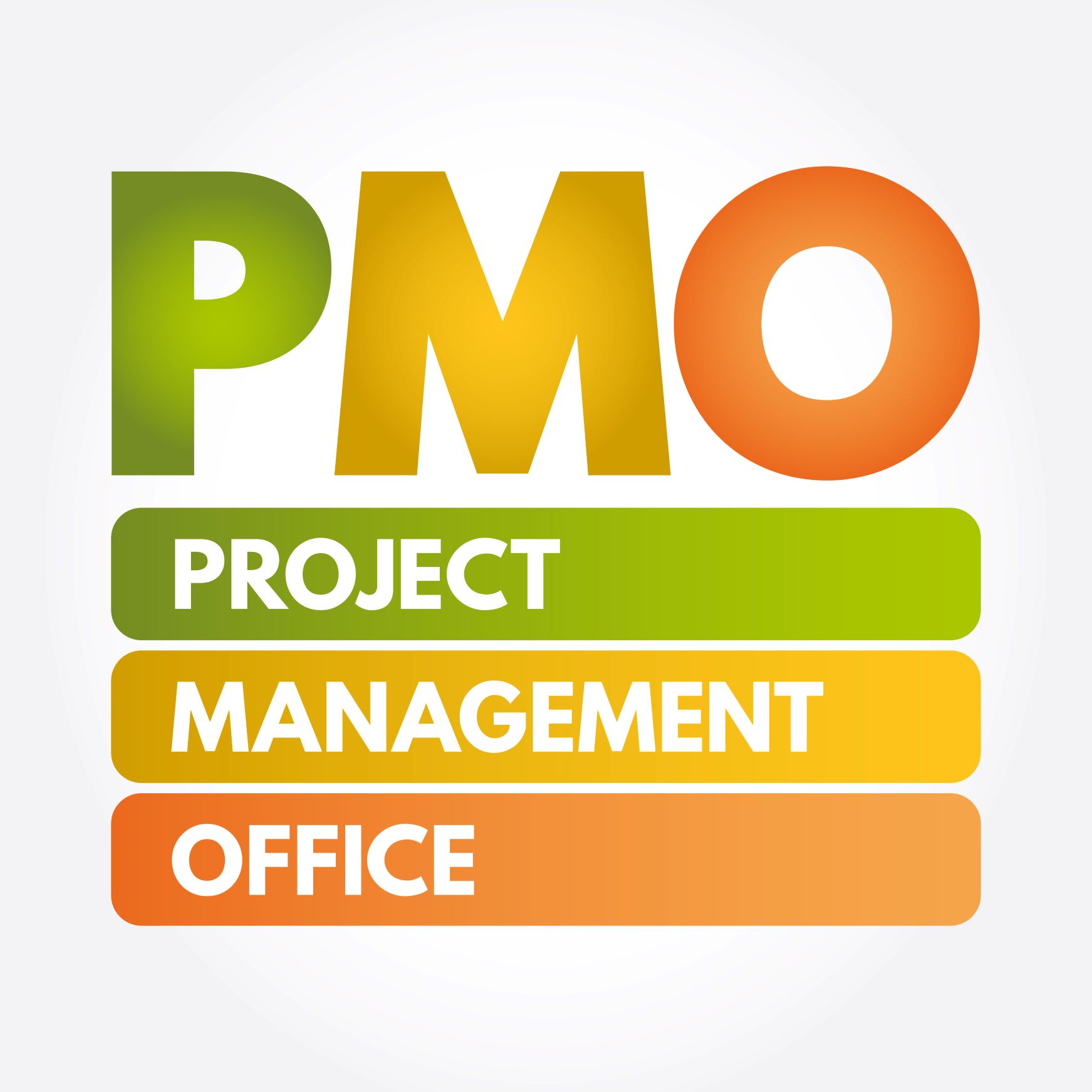In my opinion, Project Management Organizations (PMOs) are like car insurance; it’s not top of mind, or you don’t need one, until that four-car fender-bender of a project comes along, then you realize how important they are. In case you’re not familiar, the PMO is the company’s service group responsible for standardizing processes for executing projects, improving execution and operational efficiency, and aligning projects with strategic goals of the company/department/division. But if you’ve never experienced one, how do you know if your organization needs one? Here are my top five signs that it’s time to set up a PMO in your organization, regardless of the type of company or industry.
1. Inconsistent Project Outcomes
Why It Matters: If your projects are all over the place—some hitting the mark while others miss it entirely—it’s a clear sign that you need a PMO. Bear in mind that efficiency and performance – ie, hitting the mark – will look different, company to company. It’s very important for the organization to define what success looks like, what measures are being used to measure success, so that it’s known how performance will be measured going forward. In general, if some projects finish on time, under budget, with the desired results, and other don’t, there’s a consistency issue. Consistency is key to maintaining quality and meeting business objectives.
2. Lack of Strategic Alignment
Why It Matters: Projects that don’t align with your company’s strategic goals are a waste of time and resources. A PMO ensures that every project supports the broader business strategy, keeping everyone on the same page. This is an interesting problem to have for organizations juggling so many priorities that it’s never the right time to pause and assess which projects are aligned and which are not – a very common situation for unstaffed firms, or those going through rapid growth. My experience is that companies with properly aligned projects can easily classify them all as ‘top 10’ or ‘nice-to-haves’, and ‘must-do’s’. If your leaders have different perspectives of which projects are the ‘top 10’ and so forth, then there’s an alignment issue.
3. Poor Resource Management
Why It Matters: Teams or team members who are overworked or underutilized demonstrate an organization with resource management issues; over the long run, the workload can lead to burnout or unexpected attrition. A PMO helps allocate resources effectively using various management techniques and tools – ensuring that every team member is working on the right tasks at the right time.
4. Ineffective Communication
Why It Matters: Miscommunication is a relatively common challenge for most organizations, but can derail any project if managed improperly. If your teams struggle with communication, a PMO can implement solutions featuring standardized communication protocols and tools to keep everyone in the loop.
5. High Project Failure Rates
Why It Matters: I’d be remiss if I didn’t mention that a record of failed projects is a clear indicator that your projects should be managed differently. High failure rates can be due to a lack of oversight, executive support, poor planning, inadequate risk management — all areas where a PMO can make a difference.
In conclusion…
If your company is experiencing inconsistent project outcomes, lack of strategic alignment, poor resource management, ineffective communication, or high project failure rates, establishing a PMO should be given strong consideration. A well-implemented PMO can transform your project management practices, leading to more successful projects.
- (2024). The Complete Guide to Project Management Office (PMO). Retrieved from Asana
- (2024). Project Management Office (PMO) – The Ultimate Guide. Retrieved from ProjectManager
- (2024). Strategic Imperatives: The Why, and How Behind Implementing a PMO for CEOs. Retrieved from Nordantech
- (2024). What is a PMO, and Why does your Organisation Need One? Retrieved from PMO365
- (2024). No PMO? Know when you need one. Retrieved from PMI

